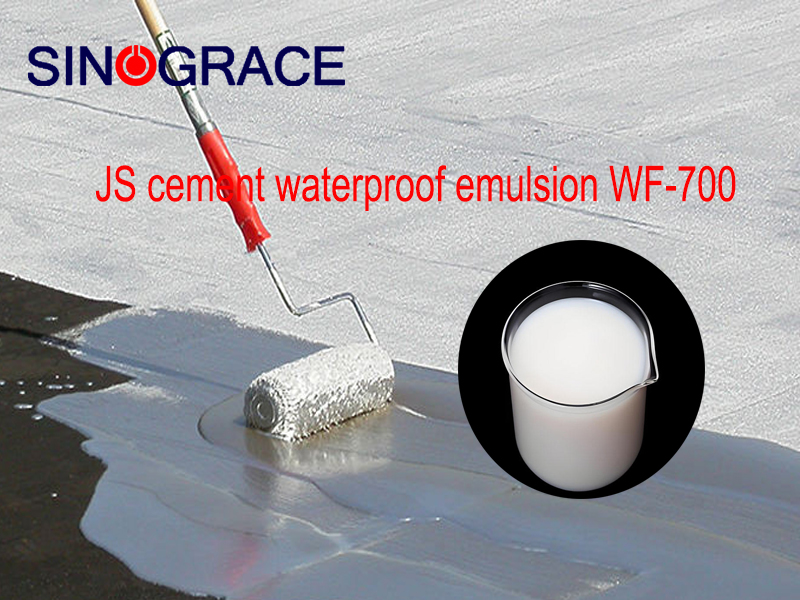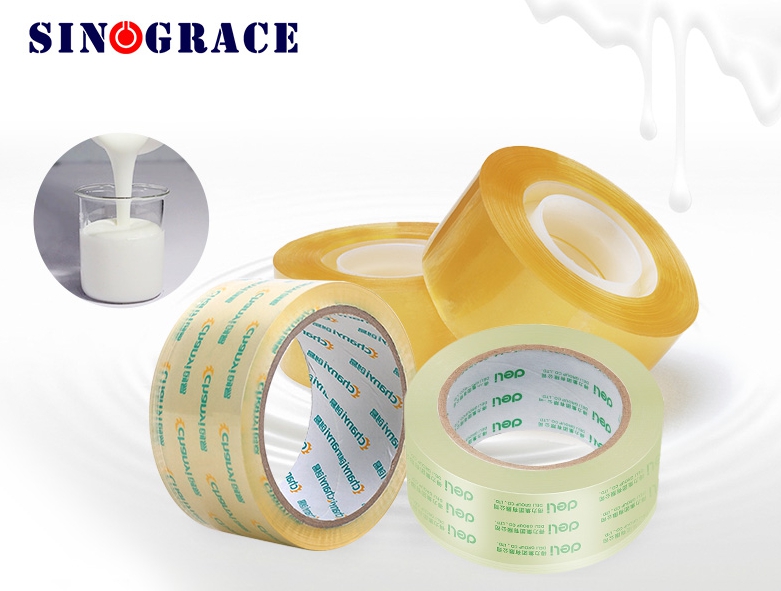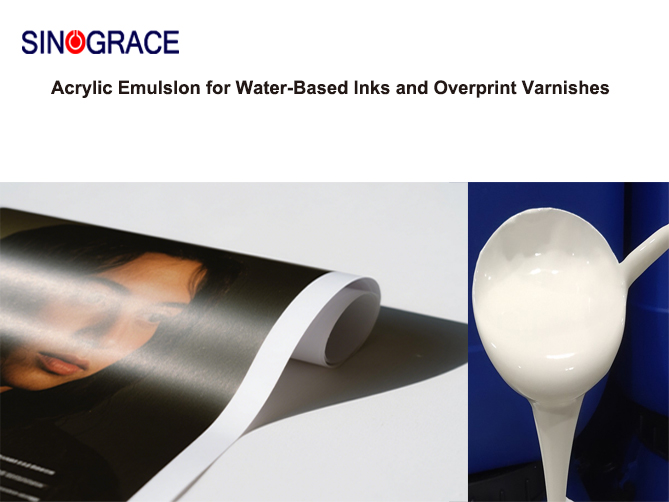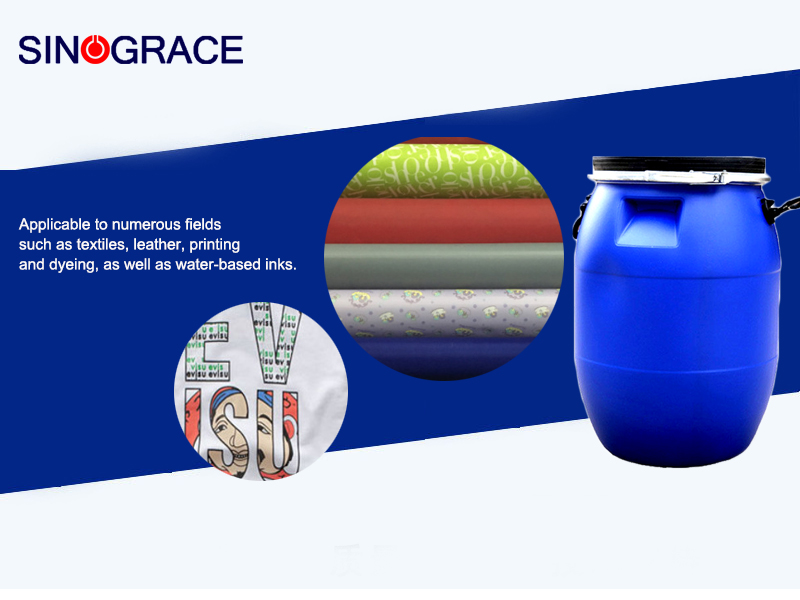Analysis of the application of water-based inks in textile printing
At present, water-based inks are mainly used for flexible and recessed plate printing. Among these, most of them are used in food packaging, tobacco and alcohol, pharmaceutical factories, and children's toys, occupying a considerable market share. Composition of water-based inks Water-based inks are made by compounding and grinding water-based resins, pigments, and solvents. Water-soluble resins mainly play the role of a binder in the ink, enabling the pigment particles to be uniformly dispersed, making the ink have certain fluidity, generating adhesion to the substrate material, and forming a uniform film layer after printing. Characteristics of water-based inks 1. Water-based inks are a new type of environmentally friendly printing ink with good adhesion, excellent flexibility, good elasticity, anti-retraction, water resistance, excellent printing performance, overprinting performance, and high solid content. 2. They are non-flammable, have stable ink properties, do not corrode the printing substrate, prevent color migration, have strong water resistance, dry quickly. They can not only reduce the hazards caused by static electricity and flammable solvents, but also reduce the toxicity of the printed surface residues. Moreover, cleaning the printing equipment is very convenient, so they are particularly suitable for the packaging industries of food, beverages, and pharmaceuticals. 3. The solvents of water-based inks are water and a small amount of alcohols. They have wide applications in the printing industry of T-shirts and other pure cotton and elastic fabrics, shoe insoles, etc. The usage instructions for water-based inks Applicable screen mesh: 40-100T (water-based silk screen plates) Applicable scraping: It is recommended to use 65-70 degree polyester scraping or water-based special scraping Coating area: 25-35 square meters per kilogram Sizing agent: Neutral water Washing agent: Ordinary tap water Requirements for mixing water-based inks Before use, the viscosity of the ink needs to be adjusted appropriately according to different printing requirements. When adjusting, pay attention to adding water as much as possible to be neutral to slightly alkaline, otherwise it will affect the viscosity and drying speed of the water-based ink. At the same time, the amount of diluent (water) added cannot exceed 3%, otherwise the color concentration of the ink will be reduced. Requirements for printing with water-based ink. Due to the characteristics of water-based ink, it is difficult to control the drying speed. Therefore, it is suitable for rapid printing. If the printing speed is too slow, it is likely to cause the ink to dry quickly on the screen plate and block the water. Requirements for drying of water-based ink. Water-based ink mainly dries naturally, but after printing, it is better to let it dry for 8 hours in the natural environment and then bake it for about 1 minute at 130 degrees. Usage of water-based ink additives Slow-drying agent: Used...
read more

 English
English français
français русский
русский español
español العربية
العربية








